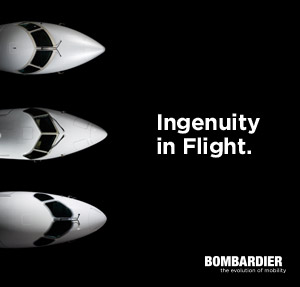NASA’s Phoenix Mars Lander Puts Soil in Chemistry Lab, Team Discusses Next Steps
Written by thomas · Filed Under Aeronautics NewsJune 25, 2008
TUCSON, Ariz., June 25 /PRNewswire-USNewswire/ — NASA’s Phoenix Mars
Lander placed a sample of Martian soil in the spacecraft’s wet chemistry
laboratory today for the first time. Results from that instrument, part of
Phoenix’s Microscopy, Electrochemistry and Conductivity Analyzer, are
expected to provide the first measurement of the acidity or alkalinity of
the planet’s soil.
The analysis of this and other soil samples will help researchers
determine whether ice beneath the soil ever has melted, and whether the
soil has other qualities favorable for life.
The Phoenix team is discussing what sample to deliver next to the
lander’s other analytical instrument, which bakes and sniffs soil to
identify volatile ingredients. Engineers have identified possible problems
in the mechanical and electrical operation of that instrument, the Thermal
and Evolved-Gas Analyzer, or TEGA.
Scientists are studying information provided by TEGA’s analysis of the
first Martian soil sample put in that instrument. The instrument has eight
single-use oven cells; each cell can analyze one sample. When doors for a
second TEGA oven were commanded open last week, the doors opened only
partway. Later, the team determined that mechanical interference may
prevent doors on that oven and three others from opening fully. The
remaining three ovens are expected to have one door that opens fully and
one that opens partially, as was the case with the first oven used.
“The tests we have done in our test facility during the past few days
show the robotic arm can deliver the simulated Martian soil through the
opening with the doors in this configuration,” said William Boynton of the
University of Arizona, Tucson, lead scientist for TEGA. “We plan to save
the cells where doors can open wider for accepting ice samples.”
Scientists believe the first soil sample delivered to TEGA was so
clumpy that soil particles clogged a screen over the opening. Four days of
vibration eventually succeeded at getting the soil through the screen.
However, engineers believe the use of a motor to create the vibration may
also have caused a short circuit in wiring near that oven. Concern about
triggering other short circuits has prompted the Phoenix team to be
cautious about the use of other TEGA cells.
Subsequent soil samples for TEGA will be delivered with a different
method than the first. The newer method will sprinkle soil into the
instrument to make it easier for particles to get through the screens.
The Phoenix mission is led by Peter Smith at the University of Arizona
with project management at NASA’s Jet Propulsion Laboratory in Pasadena,
Calif., and the development partnership at Lockheed Martin in Denver.
International contributions are from the Canadian Space Agency; the
University of Neuchatel, Switzerland; the universities of Copenhagen and
Aarhus, Denmark; Max Planck Institute, Germany; and the Finnish
Meteorological Institute.
SOURCE NASA
» Próximo Post - LANVACATIONS Announces Premium Business Packages to Peru Priced From $1399
« Post Aneterior - NASA Spacecraft Reveal Largest Crater in Solar System
Comments
¿Tiene algo que decir?
You must be logged in to post a comment.







